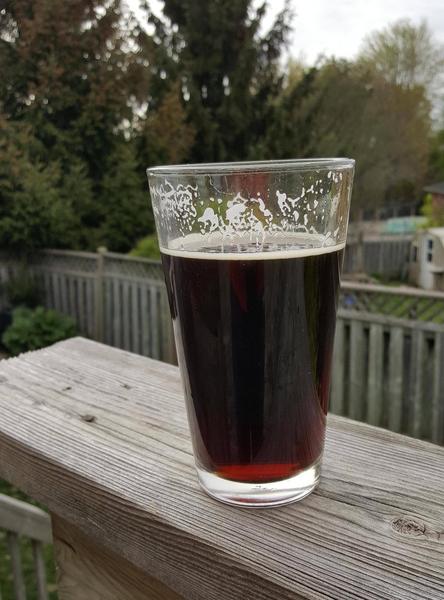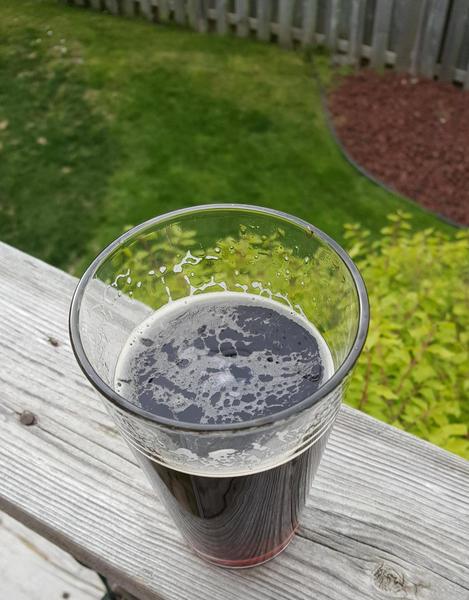jwalk4
Well-Known Member
I think going to 158F may help. It shouldn't add sweetness so much directly, because you are reducing the effectiveness of beta-amylase that turns the less sweet long chain sugars produced by the alpha-amylase into the sweet tasting and fermentable short chain sugars. It'll also be important to do a mash out to stop the enzymes at 60 minutes (you might go shorter on the mash as well, depending on how effective your conversion is at 60 minutes).
You should be able to get fairly close to cask carbonation levels on a keg kept at 55F, and pushed through a very short wide line by the lowest setting you can use on the CO2 regulator without getting bored waiting for your glass to fill. Better is a polypin or cask with cask breather though (you probably won't get through it fast enough to risk not using a cask breather).
My personal method is a Speidel fermenter used as a cask, with a low pressure LPG regulator used as a cask breather. I need to get a couple of the Speidel add-ons (dip tube/tap and gas in post for the top fitting) from NorCalBrewingSolutions to really get the cask thing working though.
Thanks for the thorough response.

I brewed this one up and kegged it last week. Turned out pretty good, but still not replicated cask ale, I'm afraid.


7/10
Anyways, I move into my new house in July with a cold cellar which will be perfect for cask ale. However, a new beer engine will run me between $400-700 bucks here in Ontario. So I'm looking to create my own featuring something like below. It's a hand pump water facet from an RV supply store and costs like $40-60 bucks. The only drawback is that it takes like 8-10 pumps to fill a pint glass.
Actually, I'd like some opinions if anyone has any.





































![Craft A Brew - Safale S-04 Dry Yeast - Fermentis - English Ale Dry Yeast - For English and American Ales and Hard Apple Ciders - Ingredients for Home Brewing - Beer Making Supplies - [1 Pack]](https://m.media-amazon.com/images/I/41fVGNh6JfL._SL500_.jpg)























